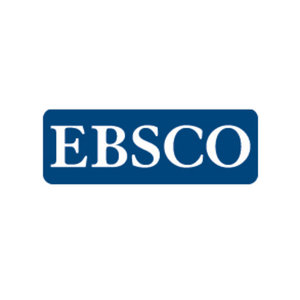Economic analysis of the intercropping of lettuce x tomato in protected cultivation at Jaboticabal (SP), Brazil
DOI:
https://doi.org/10.15361/1984-5529.2005v33n1p42-49Abstract
This study was carried out at Unesp, Jaboticabal (SP), Brazil, from April through August 2002, with the objective of evaluating the economic viability of intercropping lettuce and tomato. The experiment, under greenhouse conditions, consisted oftreatments, with the intercropping and monoculture of lettuce established at zero, 4, 28 and 42 days after tomato transplanting. The tomato and lettuce cultivars were, respectively, Débora Max and Vera. The gross and net profit and the production cost were calculated starting from the prices observed in August, 2002. The total operational cost of the associated cultivation was lower than the sum of the costs of the monocultures, and it presented larger profits when the two cultures were installed at the same time. The small superiority of the net income for intercropping of the cultures in relation to the tomato in monoculture is attributed to the low value of lettuce and, consequently, of its participation in the composition of the revenue of the intercropping cultivation.Additional keywords: Lycopersicon esculentum ; Lactuca sativa ; profit.Published
06/05/2008
How to Cite
REZENDE, B. L. A.; CECÍLIO FILHO, A. B.; CANATO, G. H. D.; GERALDO MARTINS, M. I. E. Economic analysis of the intercropping of lettuce x tomato in protected cultivation at Jaboticabal (SP), Brazil. Científica, Dracena, SP, v. 33, n. 1, p. 42–49, 2008. DOI: 10.15361/1984-5529.2005v33n1p42-49. Disponível em: http://cientifica.org.br/index.php/cientifica/article/view/64. Acesso em: 18 may. 2024.
Issue
Section
Animal Production
License
The authors, upon submitting the manuscript, agree that if it is accepted for publication, the copyright of the work will automatically be transferred to Científica: Journal of Agricultural Sciences.Opinions and concepts contained in the article and the reliability and accuracy of the information and references presented in it are the sole responsibility of the authors.









